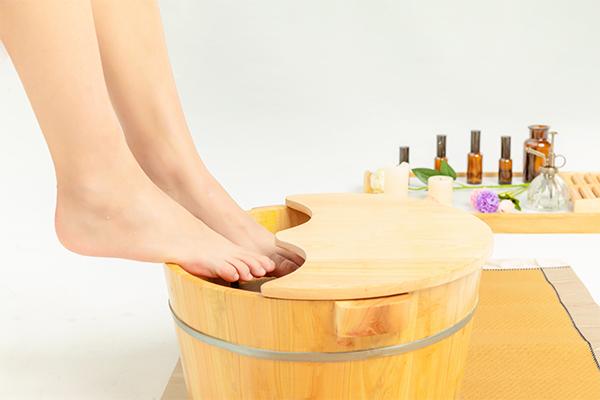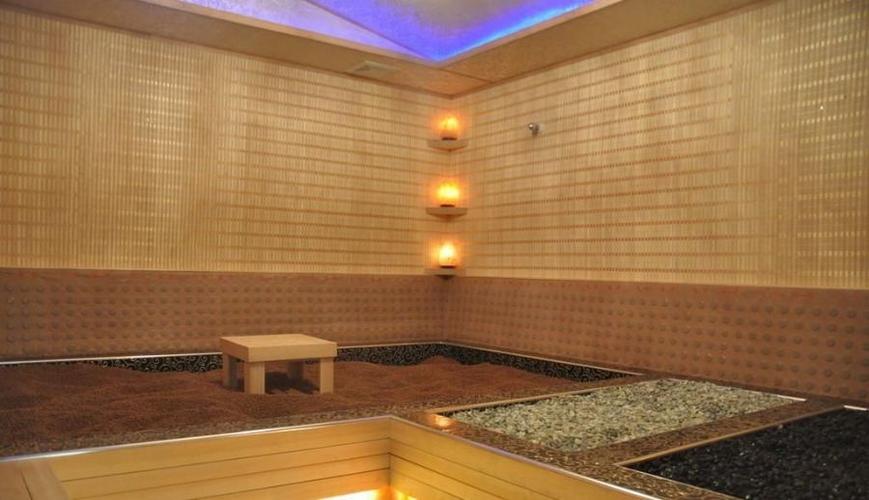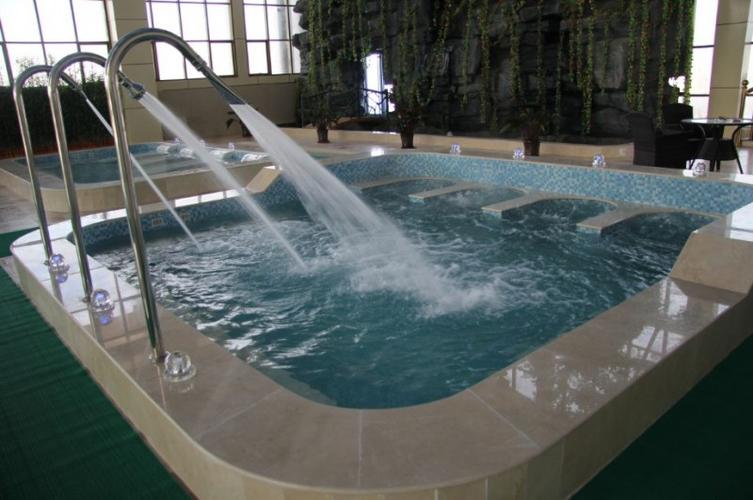Foot reflexology, also known as foot massage, is a practice that has been revered in various cultures for centuries. This ancient therapy involves applying pressure to specific points on the feet, known as reflex points, which correspond to different organs and systems within the body. The principle behind foot reflexology is that these pressure points can influence the health of the corresponding organs, promoting overall well-being and healing.
### The History and Principles of Foot Reflexology
Foot reflexology traces its origins back to ancient Egypt and China, where it was practiced as a form of therapeutic treatment. The modern version of reflexology as we know it was developed in the early 20th century by Dr. William Fitzgerald, an American ear, nose, and throat specialist, and later expanded by Eunice Ingham, a physiotherapist who is often credited with laying the foundations of modern reflexology.
The fundamental principle of reflexology is based on the idea that the feet are a microcosm of the entire body. According to reflexology theory, every organ, gland, and body part has a corresponding reflex point on the feet. By applying targeted pressure to these points, reflexologists aim to stimulate the body's natural healing processes, improve circulation, and promote balance and relaxation.
### The Techniques of Foot Massage
Foot massage involves various techniques that can be tailored to individual needs. Here are some commonly used techniques in reflexology:
1. **Thumb Walking**: This technique involves using the thumb to apply steady pressure in a walking motion along the reflex points. It helps to stimulate the reflex areas and encourage the flow of energy throughout the body.
2. **Finger Rolling**: In this technique, the fingers are used to roll or knead the reflex points. It can help to release tension and improve blood flow to the corresponding areas of the body.
3. **Petrissage**: This method involves squeezing and kneading the foot to help relieve muscular tension and enhance circulation. It is particularly useful for relaxing tight muscles and promoting overall foot health.

4. **Effleurage**: Effleurage is a gentle stroking technique used to warm up the feet and prepare them for deeper pressure. It helps to promote relaxation and improve lymphatic drainage.
### The Health Benefits of Foot Reflexology
Foot reflexology offers a wide range of benefits for both physical and mental health. Here are some of the key advantages of incorporating foot massage into your wellness routine:
1. **Stress Reduction**: One of the most immediate benefits of foot reflexology is its ability to reduce stress. The relaxation induced by a foot massage can help lower cortisol levels, which are associated with stress. This can lead to a greater sense of calm and improved mood.
2. **Improved Circulation**: By applying pressure to the reflex points, foot reflexology helps to stimulate blood flow and enhance circulation. This can be particularly beneficial for individuals with poor circulation or those who spend long hours on their feet.
3. **Enhanced Immune Function**: Regular foot reflexology can help to boost the immune system by promoting the flow of lymphatic fluid and removing toxins from the body. This can lead to increased resistance to illness and improved overall health.
4. **Pain Relief**: Foot reflexology has been shown to alleviate various types of pain, including headaches, backaches, and arthritis. By targeting specific reflex points, it can help to release endorphins, which are natural painkillers produced by the body.
5. **Improved Sleep**: Many individuals find that foot reflexology helps them achieve a more restful sleep. The relaxation and stress reduction associated with foot massage can lead to improved sleep quality and a reduction in insomnia.
6. **Detoxification**: Foot reflexology can aid in the detoxification process by stimulating the reflex points associated with the kidneys, liver, and other detoxifying organs. This can help to eliminate waste products from the body and improve overall health.
### How to Perform Foot Reflexology at Home
-大众点评网团购惠州站.jpg)
Performing foot reflexology at home can be a great way to enjoy the benefits of foot massage on a regular basis. Here are some tips for getting started:
1. **Prepare the Environment**: Create a relaxing environment by choosing a quiet and comfortable space. You may want to use a foot spa or soak your feet in warm water before starting the massage.
2. **Use Proper Technique**: Begin by gently massaging the entire foot to warm up the muscles. Focus on the reflex points related to the specific areas of the body you want to address. Use your thumbs and fingers to apply steady pressure and perform the various reflexology techniques.
3. **Pay Attention to Sensations**: As you massage each reflex point, pay attention to any sensations or tenderness. This can provide insight into areas of the body that may need extra attention.
4. **Practice Regularly**: For optimal results, incorporate foot reflexology into your regular wellness routine. Consistency is key to experiencing the full range of benefits.
### Conclusion
Foot reflexology, or foot massage, is a valuable practice that can enhance your overall health and well-being. By applying pressure to specific reflex points on the feet, you can promote relaxation, improve circulation, boost immune function, and alleviate various types of pain. Whether you seek relief from stress or simply want to enjoy the calming effects of a foot massage, reflexology offers a natural and effective approach to wellness.
**TAGS:**
#FootReflexology #FootMassage #Wellness
转载请注明:成都会所桑拿-四川成都休闲桑拿推荐论坛! » 足疗保健 » The Comprehensive Benefits of Foot Reflexology: A Deep Dive into How Foot Massage Enhances Your Health and Wellness**
版权声明
本文仅代表作者观点,不代表成都休闲网立场。
本文系作者授权发表,未经许可,不得转载。



























